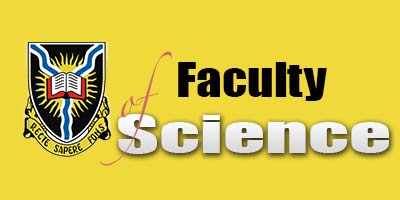Current Research
(a) Completed:
(i) Determination of levels of toxic metals in environmental samples:
I have in collaboration with others completed the determination of levels of selected toxic metals in various environmental samples such as soil, water, plants and fishes. Results from these studies have been published in papers 1, 2, 3, 5, 7, 9 and 11.
(ii) Preparation and use of a novel hybrid biosorbent in adsorption studies:
I have also in collaboration with others completed the preparation of a novel hybrid biosorbent (defatted Carica papaya seeds) and the subsequent use of it in adsorption studies to remove toxic metals and methylene blue dye from simulated wastewater. The results have also been published as shown in papers 4 and 6.
(iii) Studies on ‘waste-to-wealth initiative’ success stories:
I have also worked with others on ‘waste – to- wealth initiative’ success stories. The two major achievements were on characterization and recycling of waste auto-battery manufacturing slag in burnt building bricks and recycling of waste defatted Carica papaya seeds biosorbent also in burnt building bricks. The outcomes have been published in papers 8 and 10.
(iv) Characterization of waste electrical and electronic equipment (WEEE) components for toxic and precious metal levels:
I with other colleagues recently completed studies on the characterization of different WEEE components for precious and toxic metal levels. Some of the results have been published in papers 12 and 13.One manuscript on this research is currently under consideration for publication.
(b) In progress:
(i) Characterization and recycling of cathode ray tubes (CRT) glass of televisions:
I am currently carrying out research with my postgraduate students on the characterization, toxicity testing and recycling of CRT glass of televisions into value added products like construction materials. Television CRTs globally are being faced out because of the advent of high resolution flat screen televisions which have better resolutions and conserve more energy. There is currently a big challenge of disposing the high leaded CRT glass. We have successfully characterized and carried out toxicity tests on television CRT glass using standard methods. A test run on recycling of different particle sizes of the CRT glass into burnt building bricks has been done. The suitability of CRT glass of a particular particle size being used as a cementitious material is under investigation.
(ii) Investigations on the fate of emerging pharmaceutical pollutants in the environment:
Un-metabolized drugs like antibiotics that are ejected into environmental media by humans, improper disposal of the leftovers and wastes accruing from their production have been identified as sources of emerging pharmaceutical pollutants. These drugs now as pollutants have deleterious effects on humans and other lower animals when ingested. I am currently working with my Ph.D. student on a proposal to investigate the fate of selected pollutants originating from drugs in surface and underground water sources, sediments and aquatic organisms.
(c) Dissertation and Thesis:
Adie, G.U. (2008): Soil-pollution and its control by slag recycling around an automobile battery manufacturing plant in Ota, Ogun State. Ph.D. Thesis, University of Ibadan.
